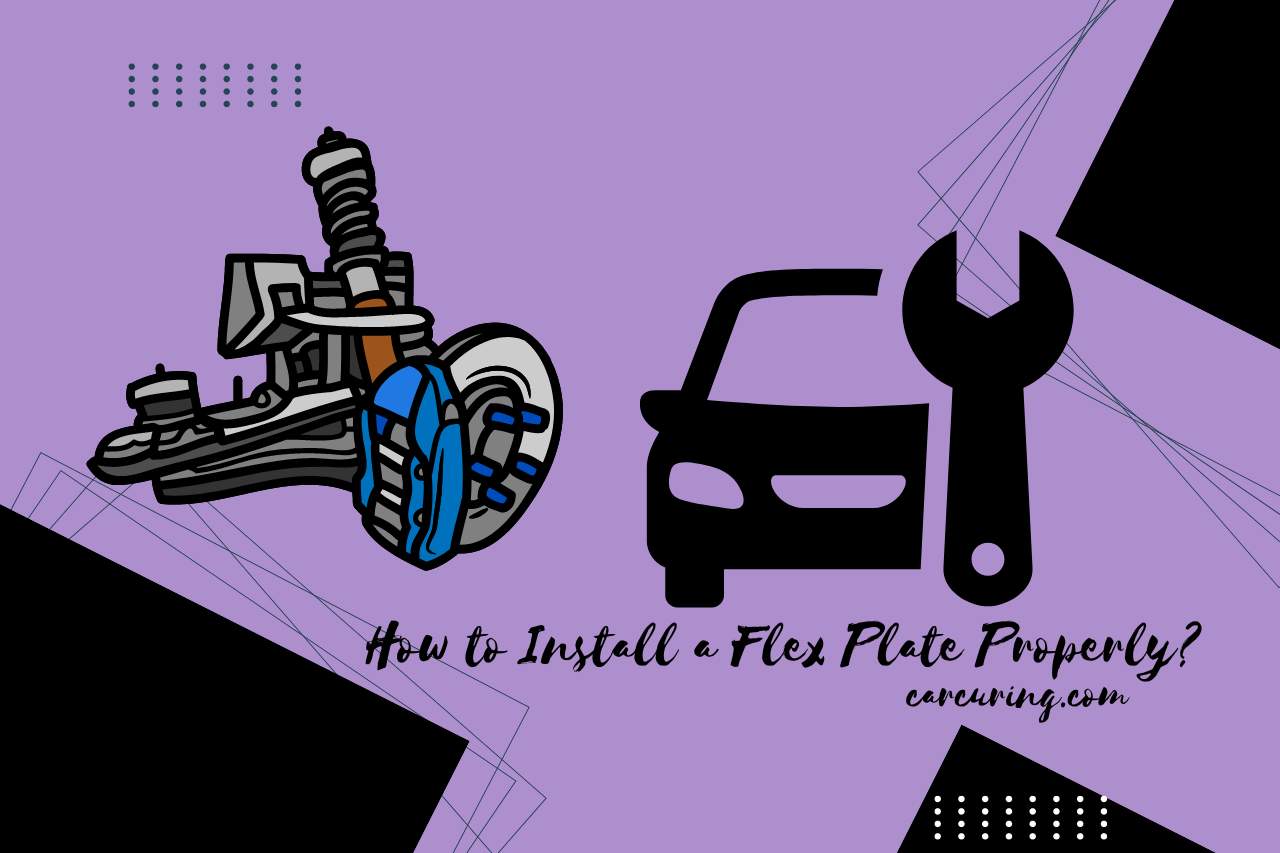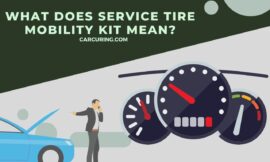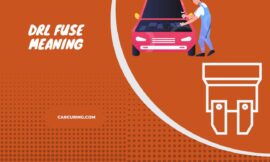A seemingly little error might have major consequences since an engine’s complicated operations depend on accurate setups. The installation of a flex plate backward is one such serious blunder. This seemingly harmless error could severely damage the engine, gears, and transmission system. We examine the flex plate installed backward in this article.
What Is a Flex Plate?
A crucial part of vehicles with automatic transmissions is the flex plate. The flex plate fills the job of the flywheel in manual gearbox systems by connecting the engine’s output to the torque converter’s input.
The mechanical energy produced by the vehicle’s engine is channeled and captured by this thin, circular metal disk. The flex plate allows for a smooth power transfer inside the automatic gearbox system by joining the engine and the torque converter.
Due to its adjustable design, the drivetrain can be made to adjust for the dynamic changes and torque fluctuations that occur due to engine operation, guaranteeing a harmonic interaction between the two essential components and enhancing drivetrain efficiency.
What is the Importance of Flex Plate Orientation?
Flex plate orientation is important because it may allow minor misalignments between the engine and transmission without running the risk of structural damage.
The flywheel, which is disconnected from the engine by the clutch during gear changes, cracks, or harm to connected parts, can be avoided because of the flexibility of the flex plate.
This flexibility guarantees smooth functioning even when alignment isn’t perfect. It enhances the overall dependability of the vehicle’s automatic transmission system and protects the integrity of the transmission system.
How to Identify a Backward-Installed Flex Plate?
It is crucial to ensure that the flex plate prevents damage to the engine and gearbox. It connects the crankshaft of an engine to the torque converter of an automatic transmission and is installed properly. A backward-installed flex plate is quite easy to identify.
Find the flex plate, which is situated between the torque converter and the crankshaft. Check it for damage. Then carefully examine the holes or slots that surround it.
They ought to line up with the crankshaft and the torque converter. Misalignment signifies a backward installation. The torque converter, not the crankshaft, should be facing the teeth of the plate.
The flex plate’s bolts should be attached to both parts in the correct direction. Any of these indications that are misaligned suggest a retrofit installation. Fixing this mistake is essential to prevent potentially catastrophic engine and transmission damage.
What to Do If the Flex Plate is Installed Backward?
If you have found a flex plate installed backward, use the steps below to fix the problem.
- Elevate the Vehicle – Lift the car safely using a jack to get access to the components underneath.
- Locate the Flex Plate – The flex plate is between the engine and the transmission. Find it. A metal plate in a circle connects all of these components.
- Examine the Flex Plate – Use a flashlight to examine the Flex Plate carefully. Check for any signs of wear, damage, or improper installation.
- Examine the Flex Plate for Damage – Look for any cracks or warped areas during your inspection. Further assessment or replacement may be necessary for such damage.
- Identifying and Correcting a Backward – installed flex plate as soon as possible is essential to avoid any harm to the engine and transmission components. To ensure correct adjustment and secure vehicle operation, seek the advice of a qualified mechanic if in doubt.

How to Install a Flex Plate Properly?
Follow these instructions to install a flex plate correctly.
- Remove the Old Flex Plate – Start by removing the old flex plate from the engine. Make sure the area is accessible and clear.
- Get the Surface Prepared – Use a wire brush to thoroughly clean the crankshaft area where the flex plate will be installed. Make sure there are no contaminants or debris there.
- Match with the Torque Converter – Align the new flex plate with the torque converter by matching it to it. Ensure the torque converter’s slots and holes align with those on the flex plate.
- Attach to the Crankshaft – Carefully place the flex plate on the crankshaft to attach it. Line up the holes on the crankshaft and the flex plate.
- Install the Starter – When installing the starter motor, ensure that the teeth of the flex plate are aligned properly.
The flex plate must be attached and aligned correctly for the best engine and transmission performance. Ensure each step is executed accurately to prevent any issues arising from misalignment or incorrect installation.
How to Avoid Installing a Flex Plate Backward?
- Pay attention to the Center Lip – Flex plates often include a center lip that prevents installation against the crankshaft and guarantees proper orientation.
- Balance weight position – To ensure perfect alignment during installation, place the flex plate such that its balance weight is facing the engine.
- Check Indent Direction – To ensure proper installation, ensure the flex plate’s indents face the engine and align with the torque converter.
Adhering to these indications ensures suitable flex plate installation, avoiding potential engine and transmission damage from installation done backward.
Is It Possible to Drive with a Flex Plate Installed Backwards?
The answer is no. Driving with a backward-installed flex plate is not advisable. The incorrect teeth alignment between the ring gear and the flex plate prevents proper starter engagement and engine start.
This misalignment can lead to severe engine, gear, and transmission damage. The misaligned teeth cause excessive vibrations, inducing premature wear on engine and transmission components.
It’s crucial to rectify the issue promptly to avoid extensive damage and ensure safe vehicle operation.
How Much Does It Cost to Fix a Backwards-Installed Flex Plate?
Rectifying a backward-installed flex plate involves about 6-8 hours of labor, typically at a mechanic’s hourly rate of $90-$110.
There’s the expense of a new flex plate, ranging around $185-$195, and associated components like seals and oils to labor costs. Total costs vary depending on the mechanic’s rates and the specific vehicle.
Watch this One,
Video Credits – ExpertVillage Leaf Group


